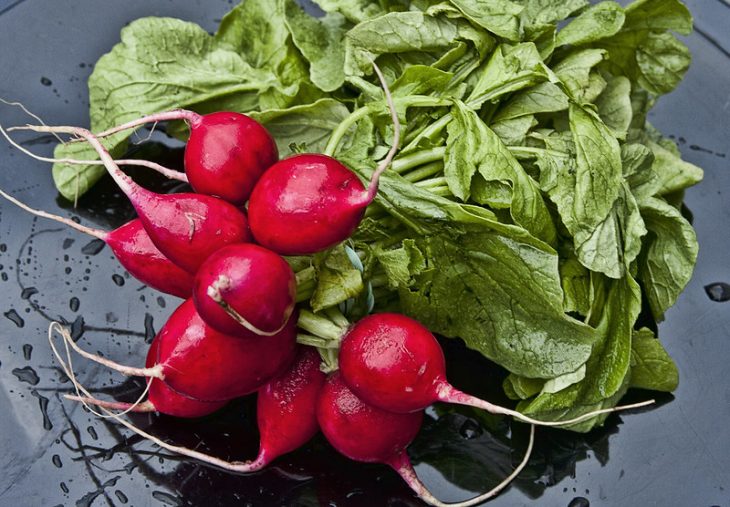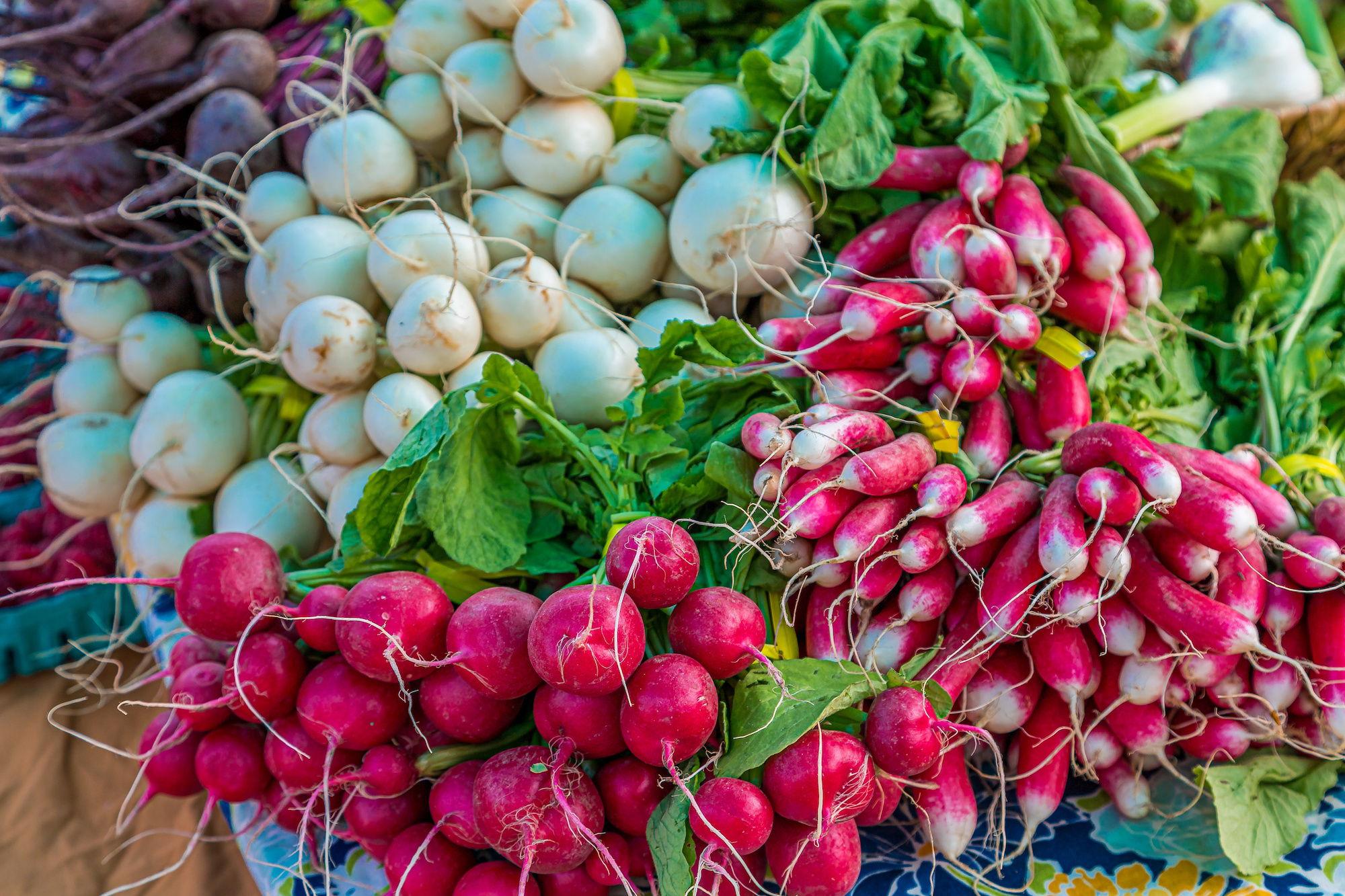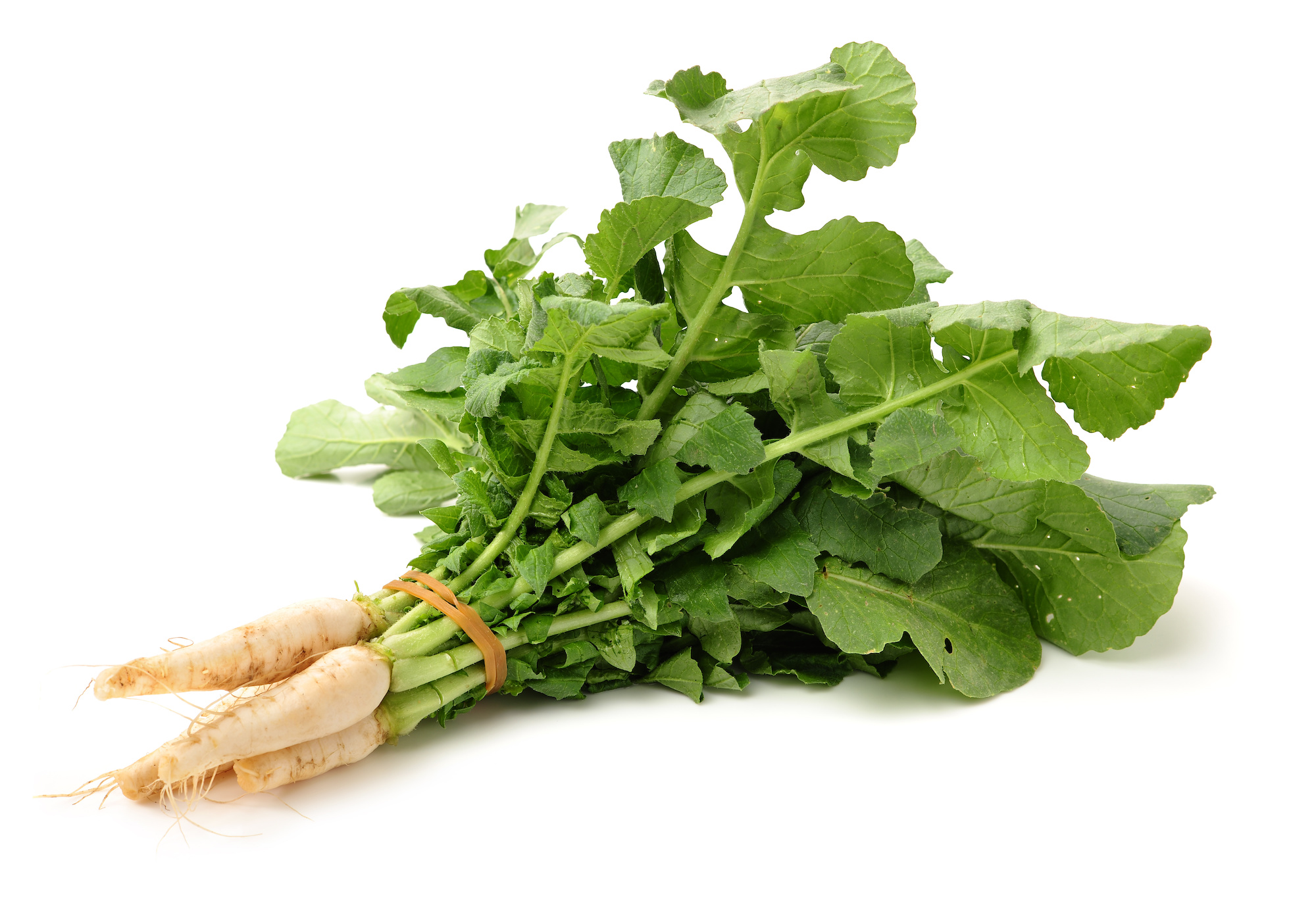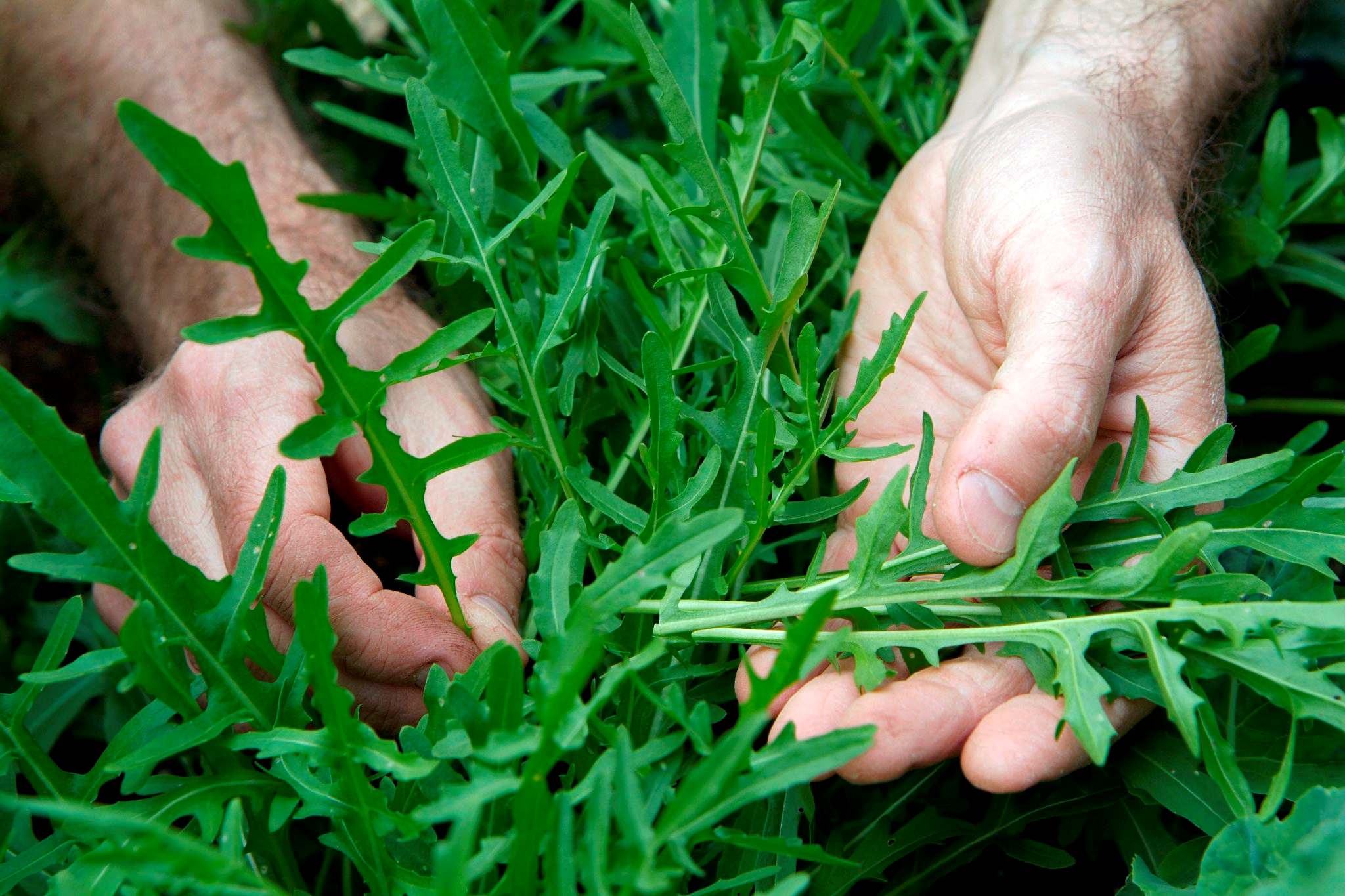
Radishes are vibrant and versatile root vegetables that have been enjoyed for centuries. Their crisp texture and unique flavors make them a popular addition to salads, sandwiches, and various culinary dishes. In addition to their culinary uses, radishes also offer a range of health benefits. In this article, we will delve into 15 fascinating facts about radishes, shedding light on their history, nutritional value, and interesting varieties.
Radishes Throughout History
Radishes have a rich history that dates back thousands of years. Originating in Southeast Asia, they were cultivated in ancient Egypt, Greece, and Rome. Radishes were highly regarded in ancient Egypt and were even placed in tombs as offerings to the gods.
A Colorful Spectrum
While the most common radish variety is the vibrant red globe radish, they come in a wide range of colors and shapes. From the elongated white daikon radish to the purple plum radish, there is a radish to suit every taste and culinary creation.

Nutritional Powerhouses
Despite their small size, radishes pack a powerful nutritional punch. They are an excellent source of vitamin C, fiber, and potassium. Additionally, radishes are low in calories, making them a great choice for those seeking to maintain a healthy weight.
Supporting Digestive Health
Due to their high fiber content, radishes promote healthy digestion. The fiber aids in regulating bowel movements and prevents constipation. Including radishes in your diet can contribute to a healthy and well-functioning digestive system.
A Burst of Flavor
Radishes are known for their distinct and refreshing flavor. They have a crisp and slightly peppery taste that adds a delightful kick to salads, sandwiches, and other dishes. The unique flavor profile of radishes enhances the overall taste and texture of meals.
Versatility in the Kitchen
Radishes offer versatility in the culinary world. They can be enjoyed raw in salads, pickled for added tanginess, or cooked in stir-fries and soups. Their ability to be used in a variety of dishes makes them a valuable ingredient in many cuisines around the world.
Quick and Easy to Grow
If you have a green thumb, radishes are an ideal addition to your garden. They are one of the quickest-growing vegetables, with some varieties reaching maturity in as little as three weeks. Their rapid growth makes them a popular choice for novice gardeners and those seeking a fast harvest.
A Natural Detoxifier
Radishes contain compounds that act as natural detoxifiers in the body. These compounds help eliminate toxins and waste products, promoting a healthy liver and overall detoxification process. Including radishes in your diet can support your body’s natural cleansing mechanisms.
An Ancient Medicinal Herb
In traditional medicine, radishes were often used for their medicinal properties. They were believed to have diuretic and antibacterial effects, and were used to treat various ailments such as urinary tract infections, digestive issues, and respiratory problems.
Radish Leaves Are Edible Too
While the radish root is the most commonly consumed part, the leaves are also edible and offer their own nutritional benefits. Radish leaves are rich in vitamin C, calcium, and iron. They can be used in salads or cooked as a nutritious side dish.

Cultivating Radishes Indoors
Even if you don’t have outdoor space, you can still enjoy homegrown radishes. They can be easily grown indoors in containers or pots. Just ensure they receive sufficient sunlight and water, and you’ll be able to enjoy fresh radishes in the comfort of your own home.
Radishes and Soil Health
Radishes are not only beneficial for human health but also for the health of the soil. They belong to the brassica family, which includes plants like cabbage and broccoli. Radishes have a taproot that helps break up compacted soil and improve its structure, making it more fertile for other crops.
Radishes as Pest Control
Believe it or not, radishes can also serve as natural pest repellents. They release chemicals into the soil that deter certain pests, such as beetles and worms, from damaging nearby plants. Including radishes in your garden can help protect your other crops from unwanted visitors.
Radishes in Folklore and Superstitions
Radishes have been associated with various folk beliefs and superstitions throughout history. In some cultures, it was believed that carrying a radish in your pocket could ward off evil spirits. Additionally, radishes were used in rituals and celebrations to symbolize fertility and abundance.
Radishes in Art and Literature
Radishes have made appearances in art and literature as well. They have been depicted in still-life paintings, showcasing their vibrant colors and unique shapes. Radishes have also been mentioned in literary works, often used as metaphors for freshness, vitality, and the passage of time.
Conclusion
From their historical significance to their culinary versatility, radishes have captured the attention of people around the world. These vibrant root vegetables offer a burst of flavor, a wealth of nutrients, and a range of health benefits. Whether enjoyed raw, pickled, or cooked, radishes add a delightful touch to meals and contribute to a well-balanced diet. So why not embrace the radish and explore the myriad of possibilities it offers in the kitchen and beyond?
Frequently Asked Questions (FAQs)
Are radishes suitable for a low-carb diet?
Yes, radishes are low in carbohydrates, making them a great choice for low-carb diets.
Can radishes help with weight loss?
Radishes are low in calories and high in fiber, which can help you feel full and satisfied, potentially supporting weight loss efforts.
Can I eat radish greens?
Absolutely! Radish greens are edible and offer their own nutritional benefits. They can be used in salads or cooked as a side dish.
How can I store radishes to keep them fresh?
To keep radishes fresh, remove the greens, place them in a perforated plastic bag, and store them in the refrigerator. They can stay fresh for up to a week.
Can radishes cause allergies?
While rare, some individuals may be allergic to radishes. If you experience any allergic reactions after consuming radishes, it’s best to consult a healthcare professional.
Was this page helpful?
Our commitment to delivering trustworthy and engaging content is at the heart of what we do. Each fact on our site is contributed by real users like you, bringing a wealth of diverse insights and information. To ensure the highest standards of accuracy and reliability, our dedicated editors meticulously review each submission. This process guarantees that the facts we share are not only fascinating but also credible. Trust in our commitment to quality and authenticity as you explore and learn with us.


